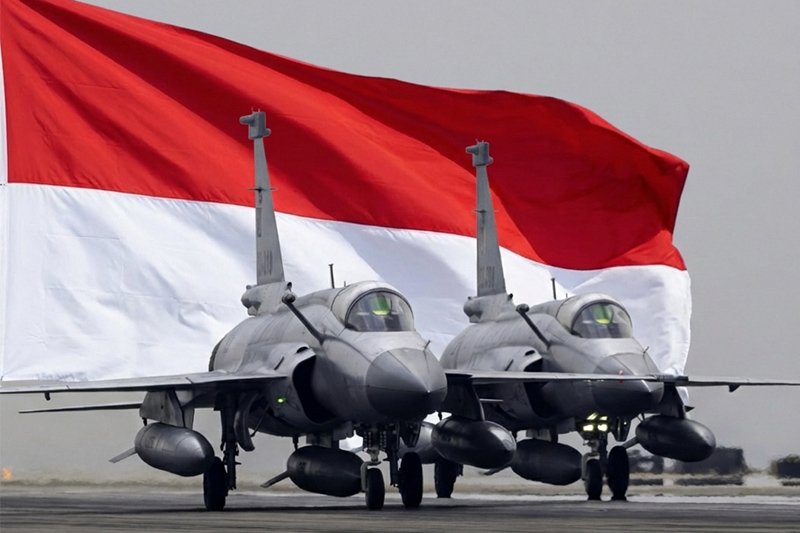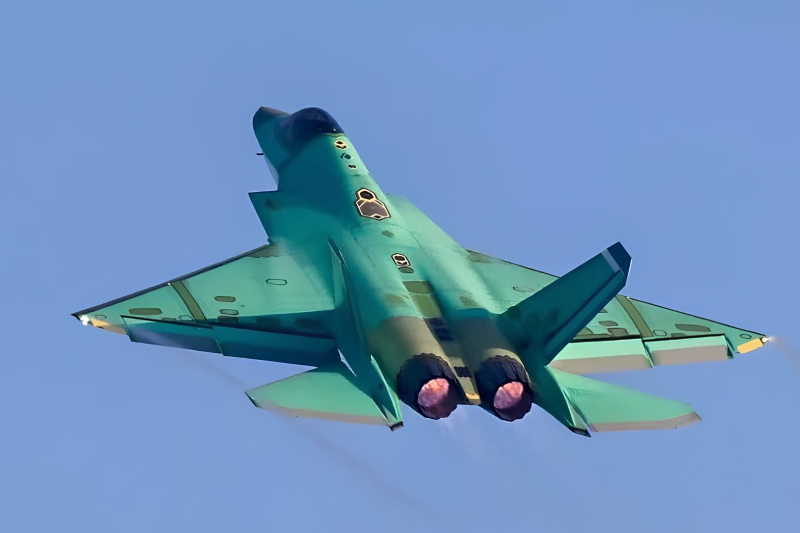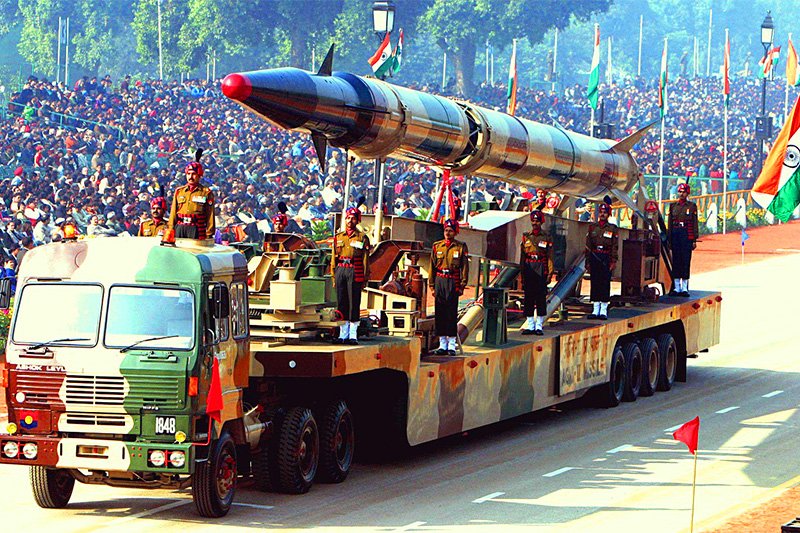India’s Pursuit of Missile Defense Shield: A Web Media Analysis
India has recently conducted a series of Ballistic Missile Defence (BMD) tests, signaling that it is in the advanced stages of developing and deploying its BMD system. On 24 June, 2024, India tested the second phase of its BMD system, which reportedly has a range of 5,000 km. Additionally, on 27 July, 2024, India tested the S-400 system acquired from Russia. India has been working on a two-phased BMD system for years. It is important to evaluate the current state of India’s BMD development.
INDIA’S BALLISTIC MISSILE DEFENCE SYSTEMS
Indian BMD system is designed as a two-tiered structure, consisting of the Prithvi Air Defence (PAD) and Advanced Air Defence (AAD) systems. The PAD is responsible for high-altitude or exo-atmospheric interception, targeting missiles during the mid-course phase. In contrast, the AAD handles endo-atmospheric interception, engaging missiles at the terminal stage. This two-tiered system represents Phase I of India’s BMD development, which is intended to intercept missiles with ranges of up to 2,000 km. In 2012, V.K. Saraswat, then Chief of the Indian Defence Research and Development Organisation (DRDO), announced the completion of Phase I, stating, “The ballistic missile defence shield is now mature… We are ready to put Phase I in place.” At that time, Saraswat also claimed that the system was ready to protect two cities.
India is developing the AD-1 and AD-2 interceptors as part of phase II of its BMD plans. These are aimed at protecting against intermediate-range ballistic missiles (IRBMs) and intercontinental ballistic missiles (ICBMs).
Also read this: Bell’s New Long-Range Assault Aircraft Advances to Next Phase
AD-1
The AD-1 missile, tested on 24 June, 2024, is a key component of India’s BMD Phase II. During the test, the AD-1 detected and intercepted a hostile ballistic missile, demonstrating its capability to neutralize threats with a range of up to 5,000 km. Indian Defence Minister Rajnath Singh commended DRDO for the achievement, stating that it “has again demonstrated India’s ballistic missile defence capability.”
The press release following the test highlighted that it “fully met all the trial objectives validating complete network centric warfare weapon system consisting of Long-Range Sensors, Low Latency Communication System and MCC (Missile Control Centre) and Advance Interceptor missiles.” This was the second test of the AD-1, with the first conducted in November 2022. These tests are critical for refining the AD-1 interceptor’s capabilities and assessing its effectiveness.
Both Phase I and Phase II of India’s BMD system utilize the Swordfish Radar for target tracking, which is a derivative of Israel’s Green Pine radar. The latest detection range for the Swordfish Radar is 1,500 km.
S-400
Recently, the Indian Air Force (IAF) conducted a military exercise to test the Russian S-400 surface-to-air defence system, reportedly achieving an 80% success rate in shooting down the simulated enemy fighter aircraft package. The S-400, an advanced BMD system with a range of 400 km, can engage and intercept up to 80 targets simultaneously.
In 2018, India secured a $5.5 billion deal to acquire five battalions of the Russian S-400 system. So far, Russia has delivered three of the five battalions, with the remaining two scheduled for delivery by the end of 2026. Media reports indicate that these systems have been deployed along borders with China and Pakistan, with nearly 1.5 squadrons stationed at each front. In addition to the S-400, India is reportedly working on developing its own long-range air defence system under Project Kusha. In October 2023, Indian Air Chief Marshal VR Chaudhari announced that India would be pursuing this indigenous system. DRDO has initiated a program to develop a Long-Range Surface to Air Missile (LRSAM) for the IAF, reportedly designed to detect and neutralize a wide range of aerial threats, including stealth fighters, ballistic and cruise missiles, precision-guided munitions, and unmanned aerial vehicles (UAVs) at ranges of up to 350 km.
The Indian Ministry of Defence has already cleared five units of the LRSAM system, reportedly valued at $2.5 billion and plans to deploy the system by 2028-2029. Moreover, DRDO has already developed and inducted the Medium Range Surface to Air Missile (MRSAM), which is a derivative of the Israeli Barak-8 with the capability to intercept multiple targets at a 70 km range.
India’s aggressive pursuit of BMD becomes more problematic when combined with hypersonic missile developments, its conventional and nuclear arms buildup, its military space program, and aggressive doctrines. All these capabilities fit right into India’s counterforce temptation or the counterforce preemptive strategy against Pakistan. They strengthen India’s precision strike capabilities. To counter Indian BMD, Pakistan could make modifications to its nuclear and missile forces. Pakistan may simply diverse delivery systems.
Pakistan may opt for qualitative technologies to penetrate Indian BMD systems, as well as to fog their interception system. It is already diversifying its missile systems. It is pursuing cruise missiles like Babar and Multiple Independently Targetable Reentry Vehicle (MIRV) like Ababeel that can penetrate BMD systems due to maneuverability and sheer numbers. Pakistan may also go for strategies like mobility, dispersion, and camouflage to increase the survivability of its nuclear force in case of a preemptive strike.
Keep connected with us at Facebook, Twitter, YouTube, Instagram & TikTok for latest defense happening around the globe.
Discover more from International Defence Analysis
Subscribe to get the latest posts sent to your email.












